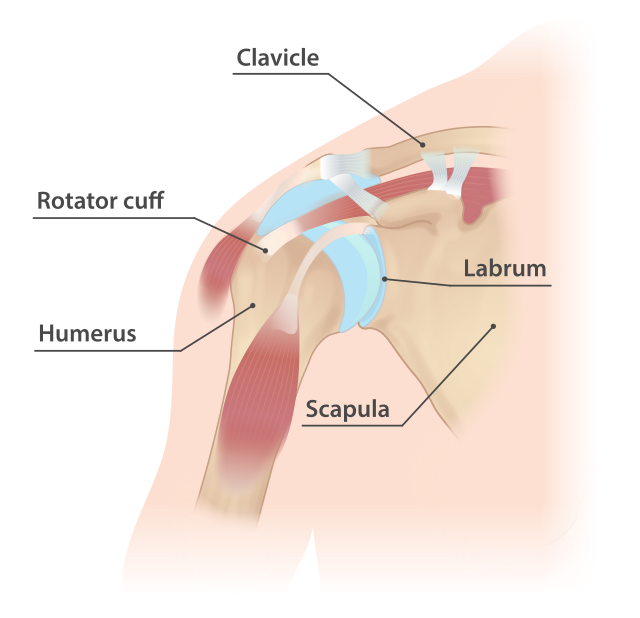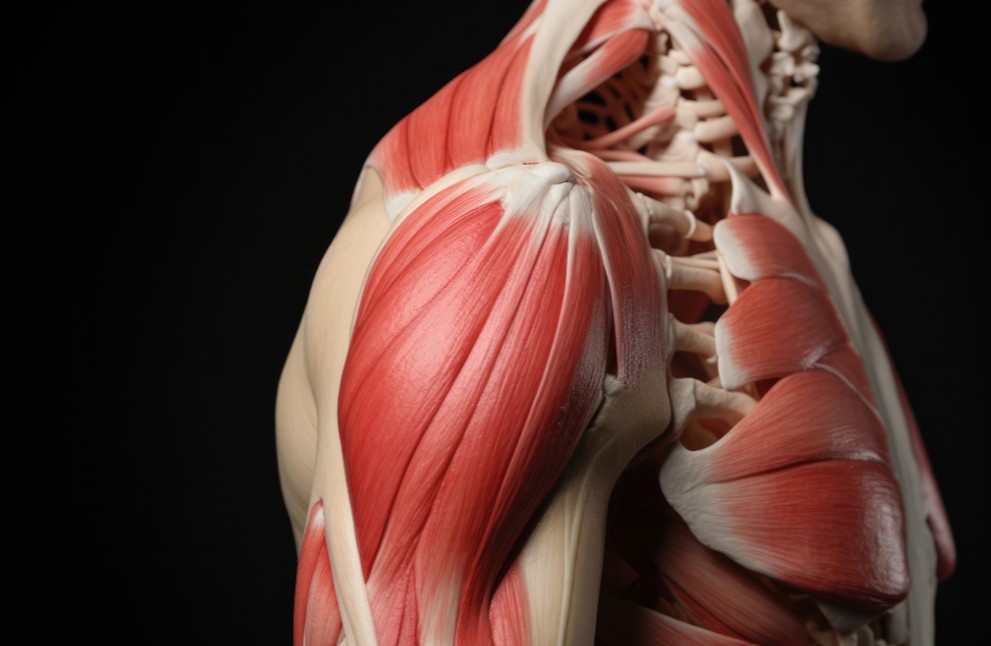If you have a torn labrum in your shoulder, repairing the labrum is not always the right answer. Read more to find out why.
I once saw a patient who had undergone three previous shoulder surgeries over the course of four years by another surgeon. All of the surgeries were arthroscopic surgeries. Two of those surgeries were to fix the labrum. The patient had a type of labrum tear called a SLAP tear.

The patient was about 40 years old. My hunch was that she had a repair that never healed. The evidence was there: she already had one failed repair, a re-repair and her symptoms were exactly the same as when she first came to the previous doctor: popping, catching, pain with reaching across her body and overhead. Incidentally she only came to our office because her previous doctor did not take her new insurance, not because she had failed to get better with the other surgeons’ 3 previous surgeries – but that’s another story.
There seems to be a bit of a disconnect with some surgeons regarding how to treat the labrum. Some surgeons will still try to fix it at all costs. But this can be a bad move.
With the rapid advancement of shoulder arthroscopy techniques in the 1990’s and 2000’s there developed a trend to identify and “fix” whatever problem was seen in the shoulder. But as we age the labrum tissue has less of a potential to heal a fact that surgeons have now learned with more time and experience.

Recent studies show that the results for SLAP repairs deteriorate as early as your later 30s. One study showed that in an active population of patients about 1/3 of these surgeries failed in patients over the age of 36.
There is another option for treating SLAP tears
It’s called a biceps tenotomy or tenodesis. The biceps attaches to the portion of the labrum that is torn when you have a SLAP tear. Simply releasing the biceps completely or releasing it and then reattaching it elsewhere treats the symptoms caused by SLAP tear equally well as a successful repair.
Patients that undergo biceps tenotomy or tenodesis tend to recover faster than SLAP repairs and patients over 35 are overall more satidfied with this surgery.
This is why my approach to SLAP tears is different than some. When I see someone who has a SLAP tear I will carefully evaluate their age, hand dominance, activity level, speed with which they need to return to work and history of previous treatments and then help them decide whether a labrum repair or the biceps tenotomy/tenodesis is the right choice for them.
In this case I have no doubt that a biceps tenotomy/tenodesis is the right choice for my patient if we confirm a failed SLAP repair in surgery. In fact she probably could have saved herself 2 surgeries and a lot of rehab time if she got the biceps surgery from the start.
